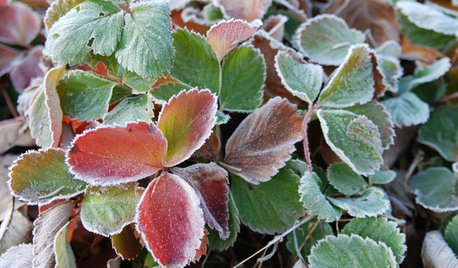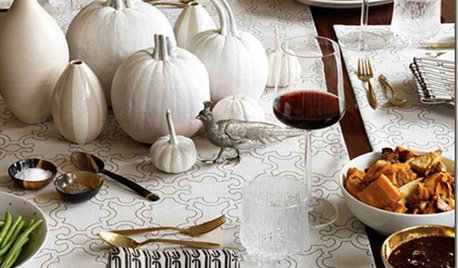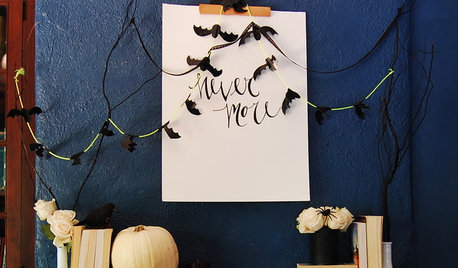What is this orange stuff on my strawberry leaves?
michiele
16 years ago
Related Stories

GARDENING GUIDESGreat Design Plant: Strawberries for All Seasons
An edible carpet? It's possible with a mass planting of this tough ground cover
Full Story
LAUNDRY ROOMSRoom of the Day: The Laundry Room No One Wants to Leave
The Hardworking Home: Ocean views, vaulted ceilings and extensive counter and storage space make this hub a joy to work in
Full Story
COLORTake a Slice From Psychology to Use Orange Better
Get the scoop on this attention-seeking hue and learn how it can bring a refreshing zing to your interiors — and your spirit
Full Story
KITCHEN DESIGNKitchen of the Week: Navy and Orange Offer Eclectic Chic in California
Daring color choices mixed with a newly opened layout and an artful backsplash make for personalized luxury in a San Francisco kitchen
Full Story
HOUZZ TOURSMy Houzz: An Orange County Ranch Gets Into the Swing of Things
Golf course views and a mild climate feature in this 1960s ranch remodeled in midcentury modern style
Full Story
FALL GARDENING11 Trees for Brilliant Fall Color
Give your landscape the quintessential look of autumn with the red, orange and yellow leaves of these standouts
Full Story
HOLIDAYSSet an Eclectic Thanksgiving Table
Think beyond orange pumpkins and leaves for your Thanksgiving decorations this year
Full Story
HALLOWEENEasy Halloween Decorations From Stuff You Already Have
Go spooky or sophisticated with these DIY mantel decorations made from household items
Full Story
MOST POPULAR5 Ways to Pare Down Your Stuff — Before It Gets in the Door
Want to free up some room around the house? Rethink gift giving, give yourself a shopping mantra and just say, ‘No, thank you’ to freebies
Full Story
LANDSCAPE DESIGNStrike a Balance: Stuff vs. Space in the Garden
Zoom out to the big design picture before focusing on the little details, to create a garden with all the elements in balance
Full StoryMore Discussions







jellyman
jean001
Related Professionals
West Milford Landscape Architects & Landscape Designers · Forest Park Landscape Architects & Landscape Designers · South Orange Landscape Architects & Landscape Designers · Garden City Landscape Architects & Landscape Designers · Doctor Phillips Landscape Contractors · Gloucester Landscape Contractors · Hendersonville Landscape Contractors · Kaysville Landscape Contractors · Lemay Landscape Contractors · Lexington Landscape Contractors · Middleton Landscape Contractors · Parkland Landscape Contractors · Salem Landscape Contractors · West Covina Landscape Contractors · New Carrollton Landscape Contractorskurtg
Scott F Smith
michieleOriginal Author
kurtg
michieleOriginal Author
jellyman
fruitgirl
jean001
jean001
michieleOriginal Author
fruitgirl
kurtg
fruitgirl